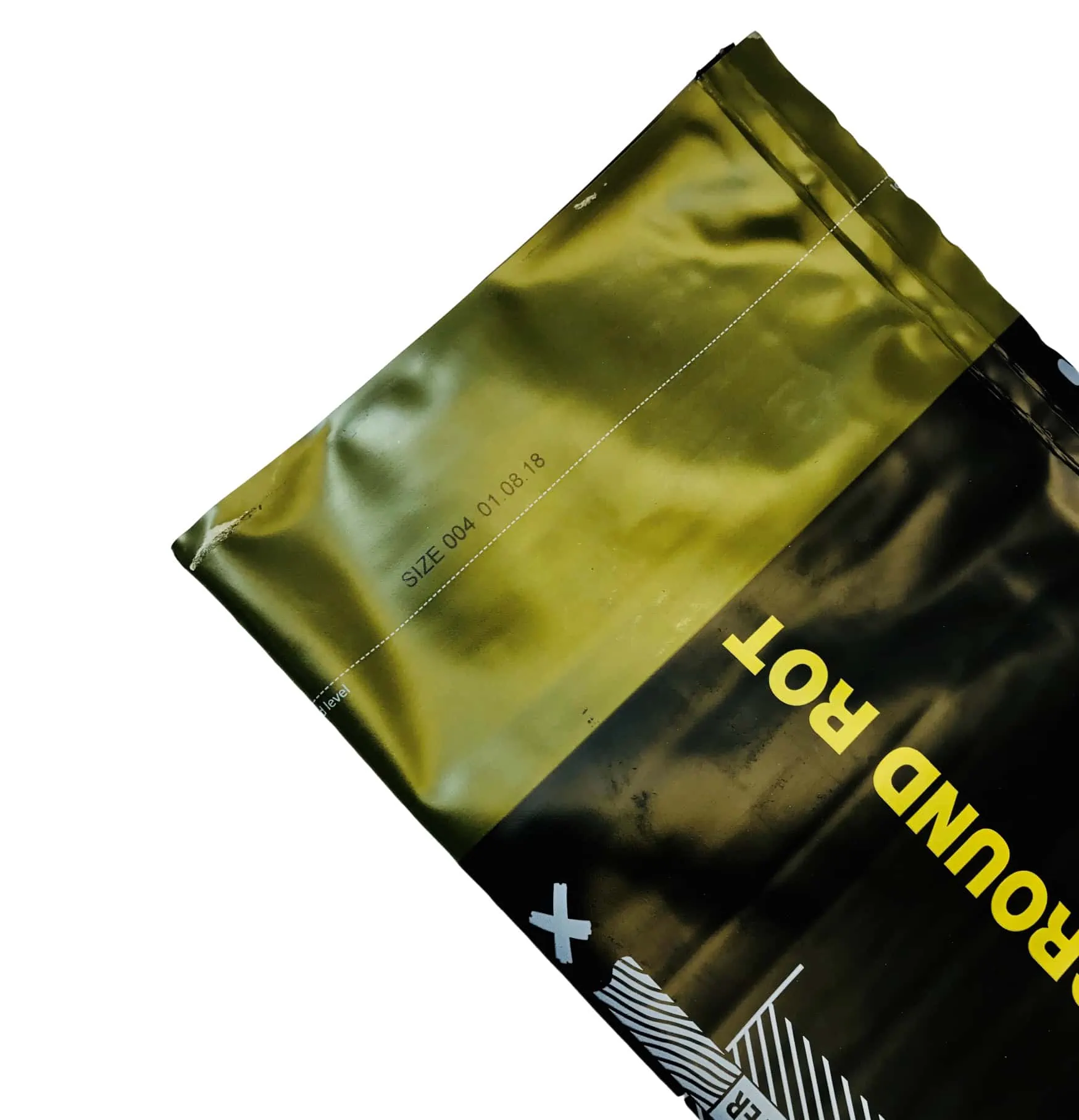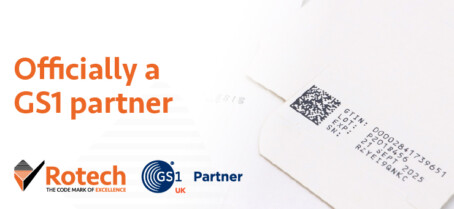The patented composite sleeves have been on the market for 25 years, but in the last few years, demand has rocketed as a knock-on effect of harmful but effective wood preservatives disappearing from the marketplace.
We’ve experienced a 50% increase in sales in the last two years, mainly because wood preservatives are not as effective as they used to be, which means wood isn’t lasting as long, says Richard.
Strong business growth led Postsaver to build a new production line for its eponymous Postsaver branded product. As part of this investment, the company identified the need for two inline printers to apply size and batch codes to the sleeves. Two printers were needed because these sleeves are produced two at a time from a single web of film.
Up until that point, Postsaver had been deploying a hot foil coder to apply product codes to sleeves, but apart from being “worn out, hit and miss and unreliable”, the coder could not satisfy ISO 9001 traceability requirements.
We were implementing ISO 9001 so we needed systems in place to trace production back to specific batches, explains Richard.
Besides two online coders for the new Postsaver line, Postsaver wanted a machine for adding size and batch codes to its larger width Polesaver sleeves, which are produced on a separate line.
Postsaver Europe explored the coding marketplace but found the majority of solutions to be too costly and massively over-specced for the simple tasks they wanted the coders to perform.
We looked at alternative printer suppliers before Rotech, but found that their systems were more expensive – they had a lot of capabilities, but they were capabilities that we didn’t need, recalls Richard.
He says the Rotech X1JetTIJ (thermal inkjet) printer, by contrast, presented a more affordable option.
It was the most economical solution and did exactly what we wanted it to do – which was print product and batch codes clearly and reliably.
One of the biggest advantages of TIJ over CIJ (continuous ink jet) is cost of ownership; whilst the price of the units themselves might be comparable (or even cheaper sometimes for CIJ), over a printer’s lifetime, any initial saving is quickly cancelled out by the ongoing cost of CIJ consumables. TIJ, by contrast, is a cartridge-based technology, which means it is maintenance and service-free and there are no ribbon or ink costs to factor into purchase decisions.
Richard also liked the design of the X1Jet unit, saying: It is compact and easy to mount on the line and to set up, plus everything is contained within one unit. Some of the other printers we looked at had additional boxes, cables, control panels, making them bulky and fiddly and getting in the way of the production line.







